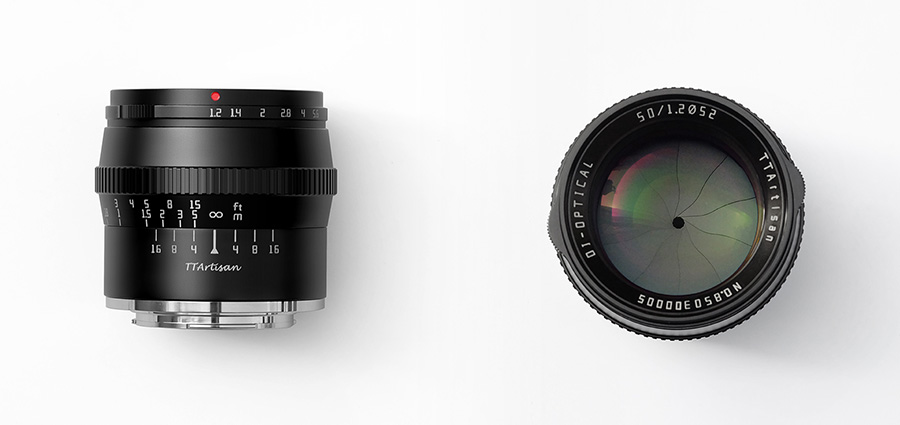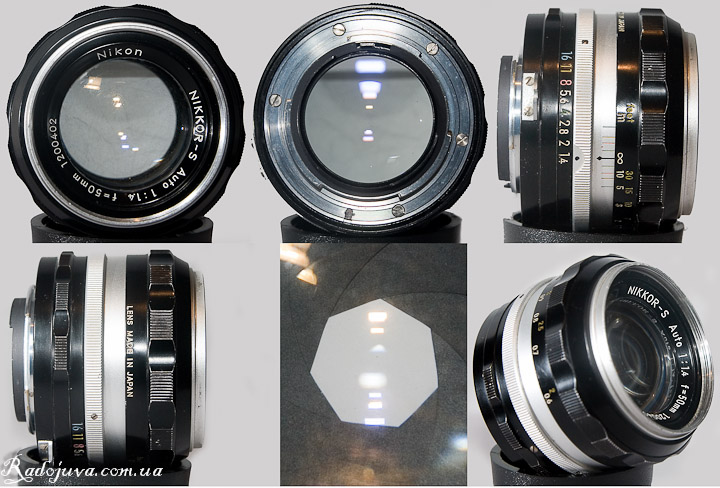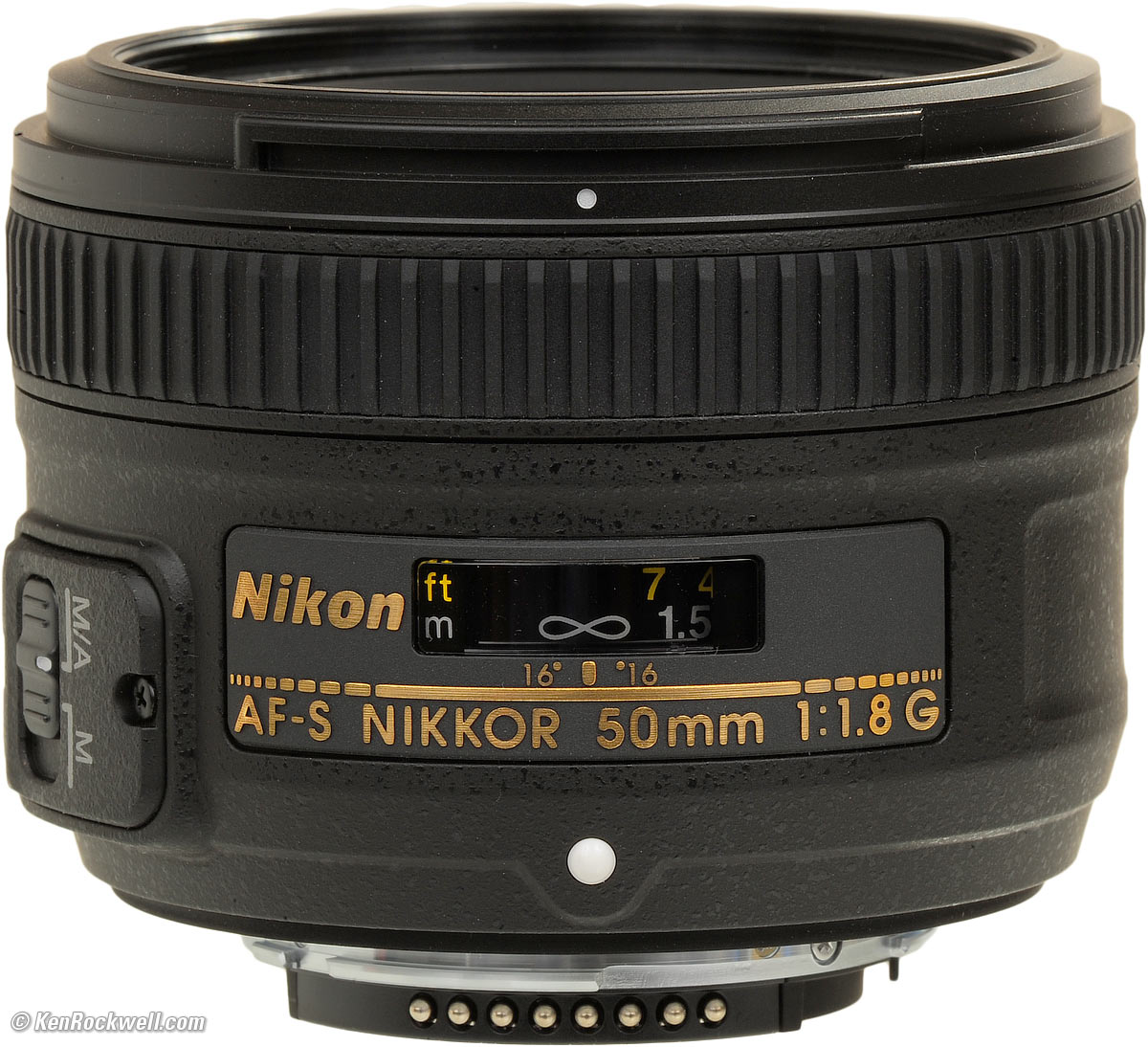

It is also worth noting that the aperture changes in 1/2 stops rather than 1/3 stops, which also feels quite nostalgic.įinally, the lens comes with a screw-in metal lens cap. This could be improved by including an aperture clutch like some old Asahi Pentax lenses. This, while feeling nostalgic, does mean that you need to open the lens up to f/1.2 in order to get critical focus before stopping it down to your desired aperture and taking your image. The aperture ring has a mechanical link to the physical aperture rather than Fujifilm’s electronically controlled apertures. Stopping down to f/2 or f/2.8 when focusing towards infinity makes this much easier. I did notice, however, that it can be very difficult to get critical focus at far distances, which is something that the autofocusing Fujinon lenses do not struggle with at all. Given the wide aperture, I do wish it had a longer focus throw, but the ring is well dampened and with a little practice, I have been able to nail focus every time when focusing on objects that are reasonably close.
#Bokeh examples nikon 50 mm f1.2 manual#
The lens is, of course, manual focus only. There’s certainly no weather sealing with a lens like this and no warranty should anything go wrong.

While the mount is metal and feels quite solid, my copy is a little stiffer to mount than any of my native Fujinon lenses, which glide onto the mount with barely any effort at all. It feels dense and quite heavy considering its size (metal and glass will do that). Overall, the metal and glass construction of this lens makes it feel like a premium product, but not quite as refined as the Fujinon lenses. With that said, let’s look at a very cheap offering in the world of third-party lenses: the TTartisan 50mm f/1.2. However, there are times when I want to work with a lens that’s a little less than “perfect” and times where I want a lens that is smaller and lighter than Fujifilm’s offerings (think Laowa 9mm f/2.8 vs XF 8-16mm f/2.8). Fujifilm’s lenses are optically excellent and, for the most part, cover my day to day photography both personally and professionally. So why do we need to even look at options from third party manufacturers? I can answer that question from my own personal point of view, for sure.
#Bokeh examples nikon 50 mm f1.2 series#
Even the XC series lenses have good quality optics.

It’s been said that Fujifilm doesn’t really make a bad lens, and I believe that is true. To name just a few, there are the XF 50mm f/1, XF 50mm f/2, XF 16-55mm f/2.8, XF 50-140mm f/2.8, and the list goes on. So, I ordered up a TTArtisans 50mm f/1.2 to see how it compares to the native glass and just what $1400 additional dollars for the Fujinon XF 50mm f/1 gets you.įujifilm offers several different lenses that cover the 50mm focal length. Recently, however, the market has been flooded with high-quality third-party lenses. In fact, it’s one of the major reasons I originally bought into the X system. I am a huge fan of Fujifilm’s native glass.


 0 kommentar(er)
0 kommentar(er)
